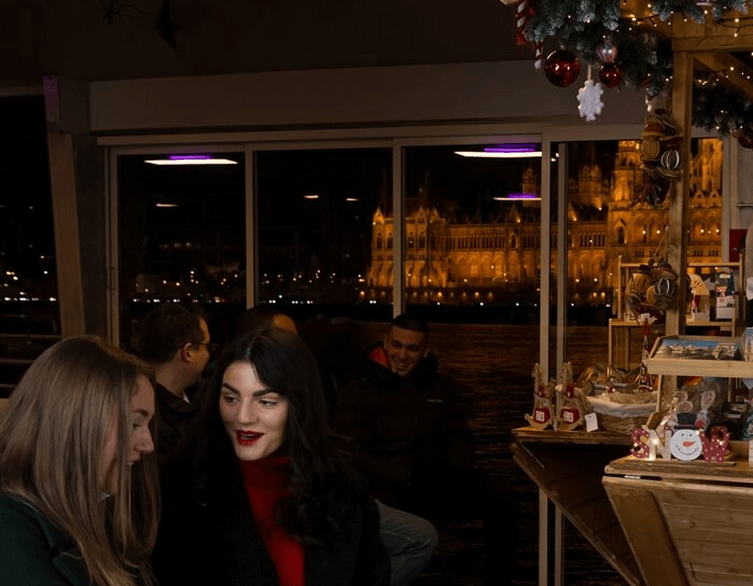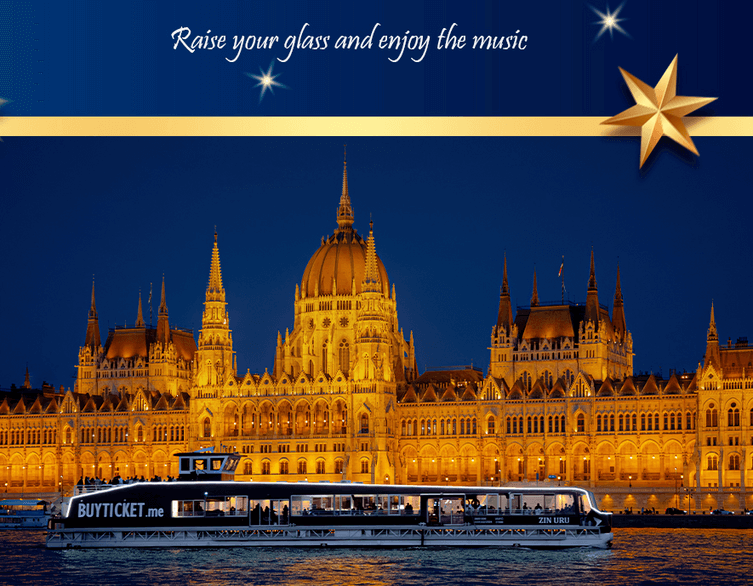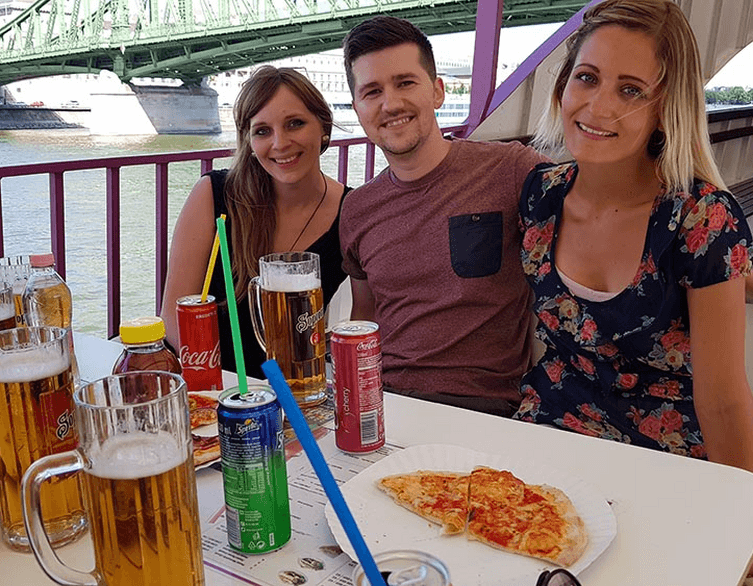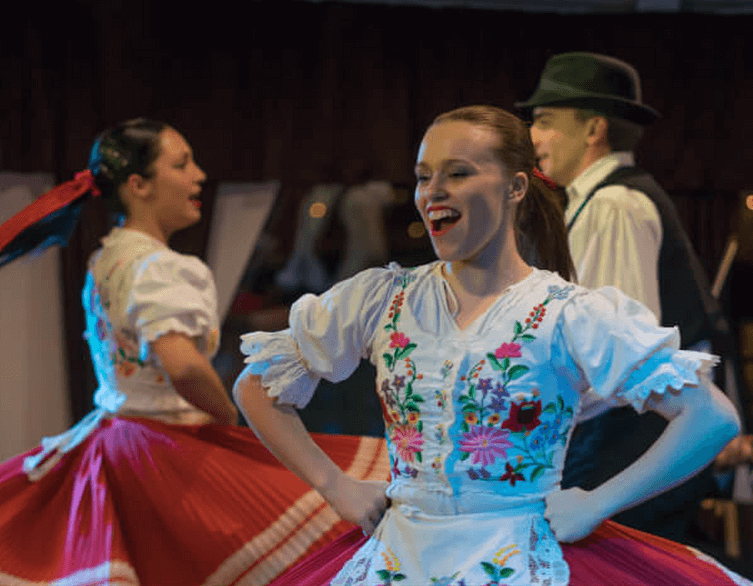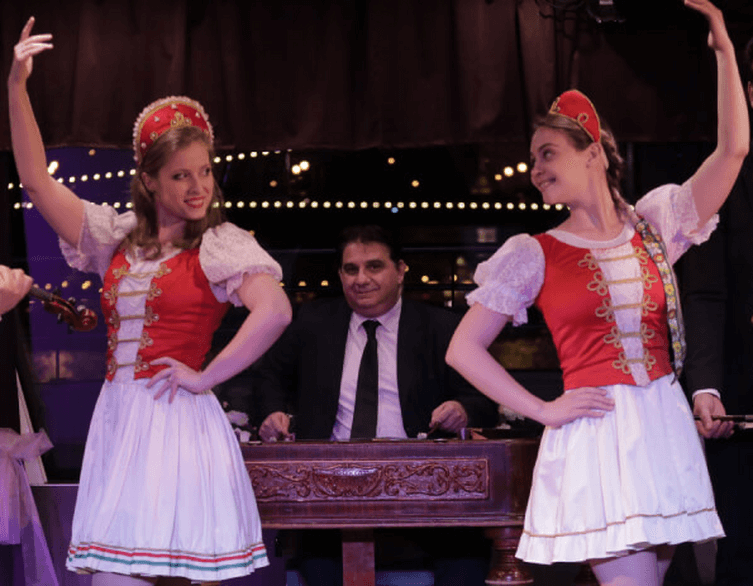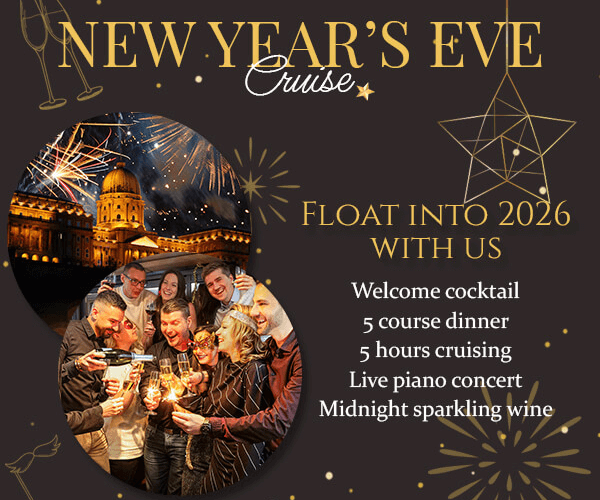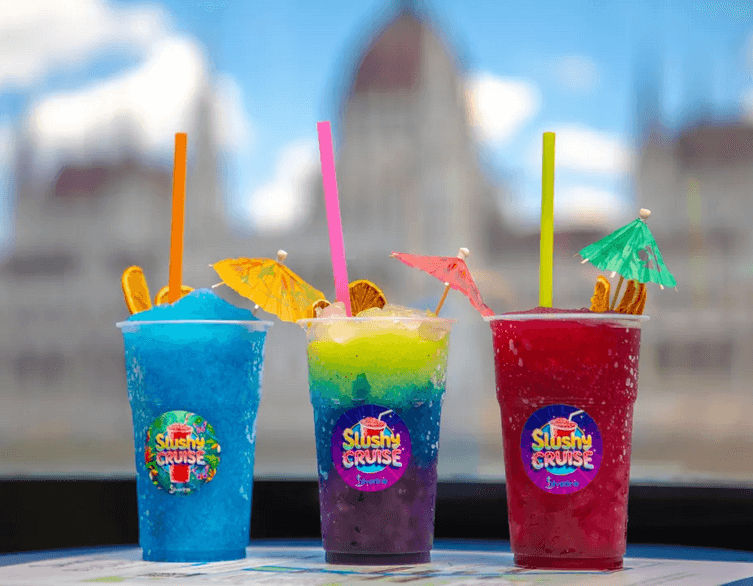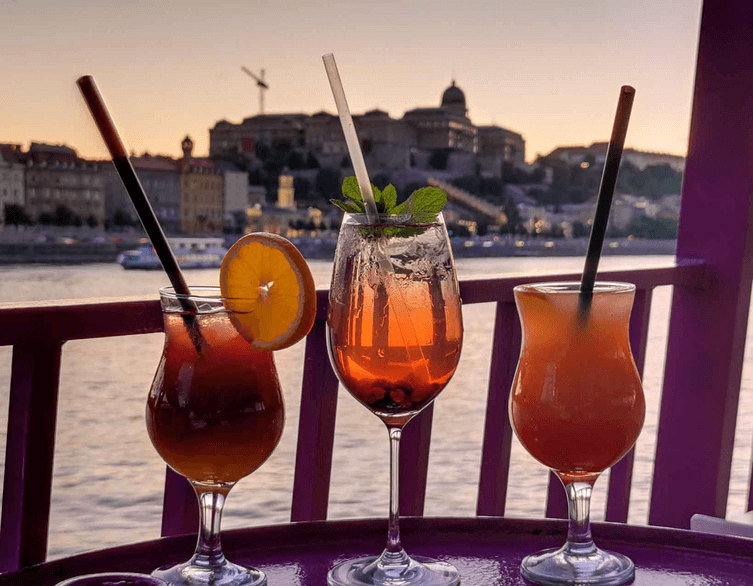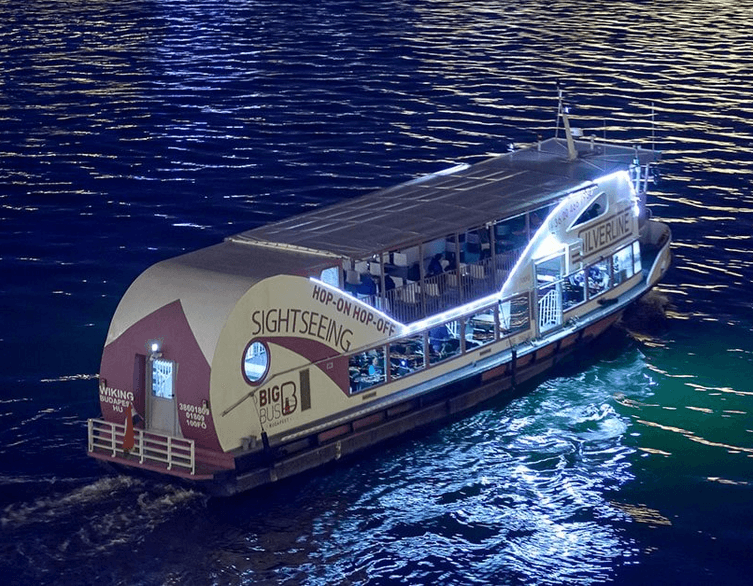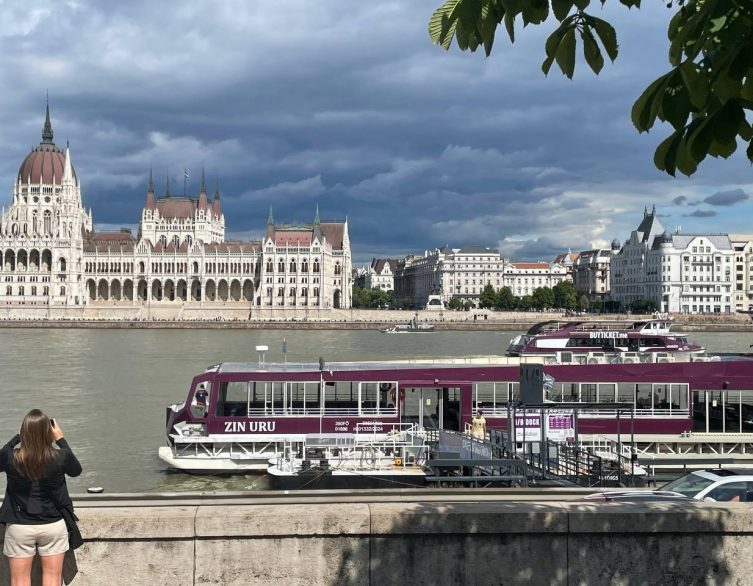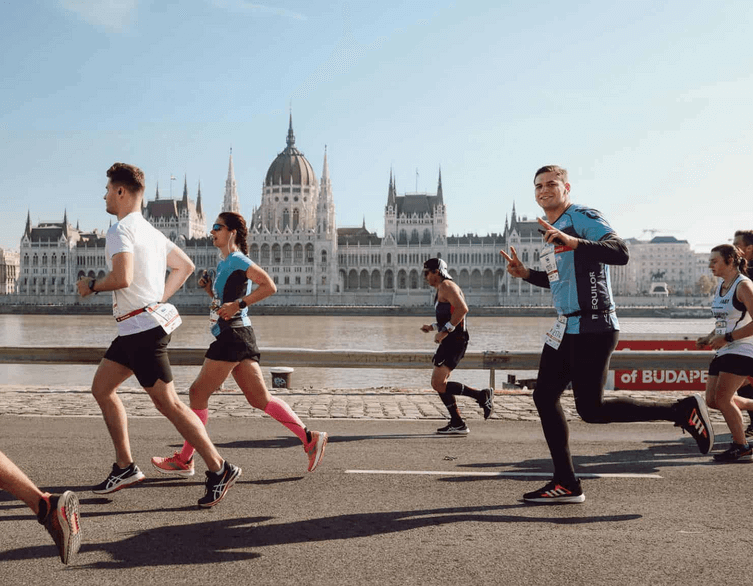Budapest Half Marathon: Europe’s Biggest Record-Breaking Running Party
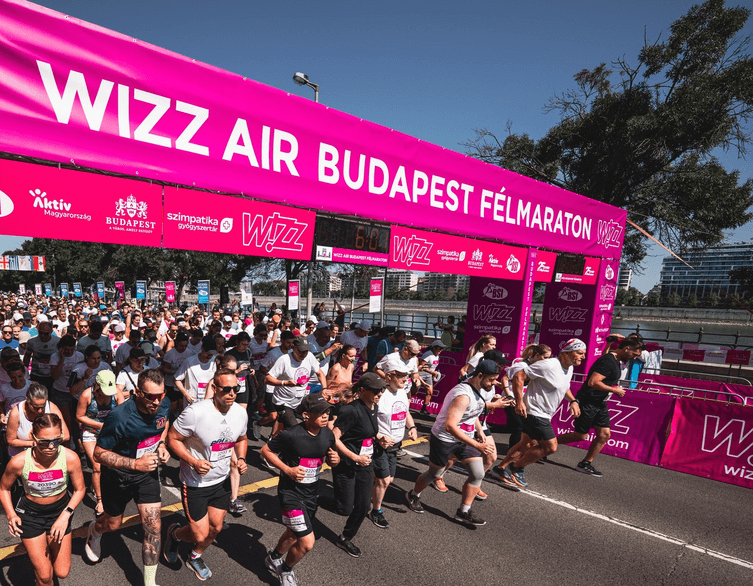
The 40th Wizz Air Budapest Half Marathon made history on September 7, 2025, with a record-breaking 13,800 individual runners crossing the finish line. But imagine if you could transport a runner from the 1980s to witness this spectacular modern event—they would be absolutely amazed by the transformation of what was once a modest athletic competition into one of Europe’s most celebrated running festivals.
The Evolution of Running Culture in Budapest
When the Budapest Marathon first launched in 1984, running was a completely different world. The inaugural event attracted just 650 participants, with only 25 women among them. Compare that to 2025, where nearly half of the 13,800 half marathon participants were women, reflecting how dramatically the sport has democratized over four decades.
Back in the mid-1980s, if you wanted to register for a race, you had to physically visit an office, wait in line, and fill out paper forms by hand. Today’s runners simply click a few buttons online to secure their spot, track their training progress through apps, and even follow their real-time progress during the race through GPS technology that would have seemed like science fiction to runners from forty years ago.
A Global Running Destination
The 2025 Budapest Half Marathon attracted participants from an unprecedented 117 countries, with over 6,300 international runners making up nearly 40% of the field. These running tourists spent approximately 40,000 guest nights in Budapest, significantly boosting the city’s tourism revenue and international profile. A runner from the 1980s would be astounded to see how a local athletic event has transformed into a major international tourism draw.
The largest groups of foreign participants came from Great Britain, Slovakia, and Germany, but the diversity was remarkable—from teenagers to athletes in their eighties, representing every continent and countless professions. The professional championships alone attracted over 1,450 participants from various career backgrounds, turning the race into a celebration of professional communities as much as athletic achievement.
Technology Meets Tradition
Perhaps nothing would shock an 1980s runner more than the technology surrounding modern races. Drones now capture aerial footage of the massive running crowd, prompting today’s participants to not only wave to spectators along the route but also smile and gesture upward at the cameras floating overhead. The contrast is striking—in the 1980s, a group of athletes running through city streets would have caused bewilderment among passersby, while today tens of thousands of spectators line the route specifically to cheer on the runners.
The equipment revolution would be equally mind-boggling to a time-traveling runner. While 1980s athletes made do with basic running shoes, today’s participants sport cutting-edge footwear that can cost 80,000 to 100,000 Hungarian forints (roughly $220-270). These high-tech shoes feature advanced cushioning systems, carbon fiber plates, and materials engineered for optimal performance—though as modern runners quickly learn, expensive equipment still can’t replace proper training.
From Competition to Celebration
The fundamental nature of participation has shifted dramatically. In the 1980s, most runners came to compete seriously, focused on personal records and athletic achievement. Today’s Budapest Half Marathon has evolved into something much broader—a community celebration where the majority of participants aren’t primarily concerned with competitive results.
More than 2,000 runners in 2025 completed their very first half marathon distance, treating the event as a personal milestone rather than a race against others. This transformation reflects how running has become a popular form of recreation and personal challenge rather than purely a competitive sport.
The Festival Atmosphere
Modern race organization would astound an 1980s participant. Instead of simply collecting a race number at a basic registration table, today’s runners enter what essentially amounts to a temporary city. The race expo features multiple buildings filled with vendors, services, relaxation areas, and exhibitors creating an entire weekend experience around the race itself.
Entertainment has become integral to the modern racing experience. The 2025 Budapest Half Marathon featured diverse musical performances along the route, from opera house choirs to taiko drum groups, creating an atmosphere more like a street festival than a traditional athletic competition. This entertainment element would have been unthinkable in the focused, serious racing culture of the 1980s.
Best deals of Budapest
Managing the Masses
With 13,800 individual half marathon participants (limited only by organizer-imposed caps), race management has become a logistical marvel. Runners start in multiple waves to prevent dangerous overcrowding—a necessity that would have been impossible to imagine when races typically attracted only a few hundred participants.
The sheer scale of modern events requires sophisticated coordination. The 2025 race attracted runners from 1,070 different Hungarian towns and villages, demonstrating how a single event can mobilize an entire nation. The logistics of managing food, water, medical support, transportation, and security for such numbers represent a quantum leap from the relatively simple organizational requirements of 1980s races.
Hungarian Excellence on Display
Despite the international character of the modern event, Hungarian runners still shine at the highest level. Gábor Karsai won the men’s race with a time of 1:04:03, while Lili Vindics-Tóth claimed victory in the women’s competition at 1:11:42, both earning national half marathon championship titles.
The presence of elite athletes like former Olympian Gábor Józsa and ultra-distance legend András Lőw (who has completed the grueling Spartathlon 21 times) demonstrates how the event bridges recreational and competitive running. An 1980s runner would recognize these competitive elements while marveling at how they coexist with the massive recreational participation.
Beyond Running: Community Impact
The modern Budapest Half Marathon generates significant charitable impact, with participants raising 6.5 million forints for various causes in 2025. This community service aspect would have been largely absent from 1980s races, which focused primarily on athletic competition rather than broader social engagement.
Your Chance to Join the Next Chapter
The overwhelming success of the 40th edition has already sparked tremendous excitement for the future. Registration for the 41st Wizz Air Budapest Half Marathon, scheduled for September 6, 2026, opened immediately after the 2025 race concluded. Currently, registration is available for the individual 21.1-kilometer race, with 10-kilometer and relay options opening soon.
Organizers emphasize that this will be “the event you’ll never forget and the experience you don’t want to miss.” Given the record-breaking popularity of the 2025 edition, which reached its 13,800-participant cap, early registration for 2026 is highly recommended. The race has evolved into such a significant international attraction that securing a spot requires advance planning.
The half marathon distance offers an ideal challenge for many runners—long enough to create a sense of significant accomplishment, but achievable with just 20-25 kilometers of weekly training. For foreign tourists planning to visit Budapest, the race provides an unparalleled opportunity to experience the city’s beauty while participating in a uniquely modern cultural phenomenon.
A Window into Social Change
The transformation of the Budapest Half Marathon from a small athletic competition to a massive international festival reflects broader changes in Hungarian society and global running culture. The shift from exclusive competitive sport to inclusive community celebration mirrors social democratization, while the international participation demonstrates Hungary’s integration into global tourism and sports networks.
For foreign tourists visiting Budapest, the half marathon represents an ideal way to experience the city’s beauty while participating in a uniquely modern cultural phenomenon. The race route passes through UNESCO World Heritage sites, offering participants a moving tour of Budapest’s most spectacular architecture and landscapes.
An 1980s runner transported to the 2025 Budapest Half Marathon would witness not just the evolution of a race, but the transformation of running from niche athletic pursuit to mainstream cultural celebration. They would see technology enhancing rather than replacing human achievement, international cooperation creating shared experiences, and competitive sport evolving into community festival while maintaining its essential character.
The record-breaking 40th Budapest Half Marathon proves that some traditions grow stronger by embracing change, creating experiences that honor athletic heritage while welcoming everyone to participate in the joy of running through one of Europe’s most beautiful cities. With registration already open for 2026, the next chapter of this remarkable evolution is ready to begin.
Related news



